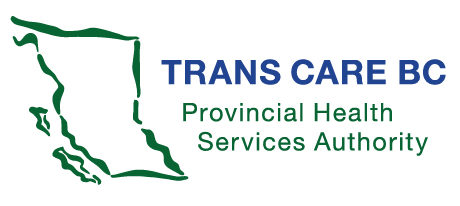Skip to content
- I have scheduled time to take care of myself (eat, shower, have some quiet alone time, participate in meaningful activities, go to work, etc).
- I have a good sense of what to expect leading up to, during, and after my friend or loved one’s surgery.
- I have spoken with my family or loved one and we have the same understanding about what kind of support I will be providing.
- I feel as prepared as I can be to handle supporting someone after they have surgery.
- I feel as prepared as I can be to care for myself during this time.
- I have a plan for what to do if I feel stressed while my friend or loved one is healing from surgery.
 Click here to contact Trans Care BC’s Care Coordination Team
Click here to contact Trans Care BC’s Care Coordination Team
